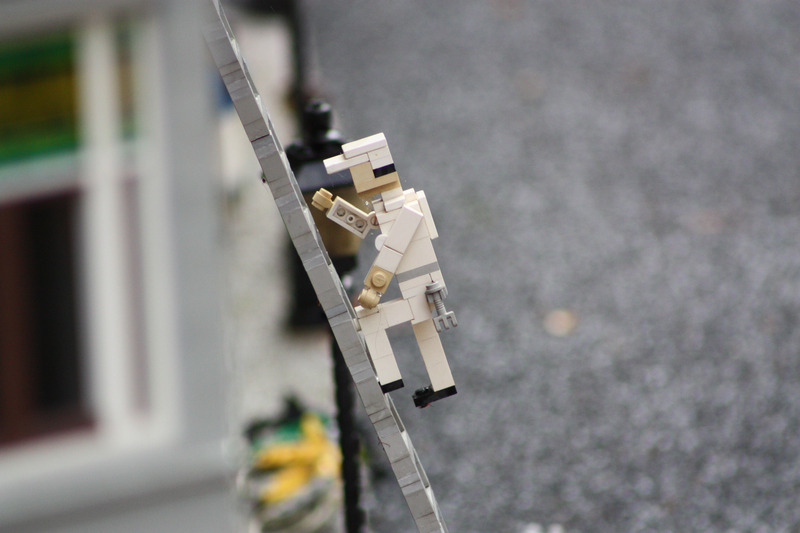How to climb a ladder safely during work?
- Place the ladder beside the wall so that the feet of the ladder are firmly fixed on the ground.
- The ladder is at an angle of 75 degrees to the ground. The easiest way to do this is to stand on your toes, touch the feet of the ladder, and extend your arms forward. When your arm is fully extended, your palm should be able to reach the rung of the ladder. If the angle is too steep, the ladder may be pointed backwards; Too shallow, may slip out or bend in the middle. You can reach this corner by pulling the ladder foot about a quarter of the total length of the ladder from the wall.

- Make sure the ladder feet are safe. Always keep the ladder feet parallel to the wall and on a solid level ground.
- Make sure the top of the ladder is safe. The rails on both sides shall be evenly supported and placed on a flat surface. When you put the weight on the ladder, the ladder should not slide or shake.
- Climb the ladder to maintain three-point contact. You should climb only one step at a time and move only one hand or foot at a time. You need to always face the ladder you climb.
- Use accessories to help stabilize the top of the ladder. There are a variety of tasks that require a ladder, and a variety of ladders that can help you more.
Plus the ability to accomplish these tasks easily and safely. Soft "gloves" slide on the handrails on both sides to provide extra grip and a ladder to protect the surface from damage. The ladder stabilizer basically enlarges the point at the top of the ladder. This is useful for protecting fragile siding or for removing the width of windows. When a ladder rests on a surface narrower than the width of the ladder, like a telephone pole, a single support attachment is necessary. They climbed the ladder at the top of the two side rails.
- Avoid using aluminum ladders when using electricity. Aluminum ladders are often the lightest weight, but they are also electrical conductors. So whenever you need to move the power cord or clamp near your ladder, or even the working rope power tool, it is best to use a wooden or FRP ladder, whether it is an electrical conductor or something else. Even if you use wooden or FRP ladders, try to avoid direct contact with any wires.
- Always check the ladder for damage. Checking the integrity of all moving parts, such as feet and step locks, as well as the overall ladder, can prevent the most serious accidents. It is also important that ladders remove any hazardous substances that may be slippery, sticky, corrosive, conductive, or otherwise attached to the use of ladders.
- Please refer to the safety label of the ladder. All ladders have a label on the outside of a side rail, which specifies the maximum length of the ladder, job responsibilities (or maximum weight), and other useful safety information. Remember, the maximum weight includes the weight of your body, clothes, tools and any accessories attached to the ladder.


